The Chesapeake Bay impact crater, which was discovered in the early 1990s, formed by an asteroid or comet impact roughly 35 million years ago. This crater is estimated to be three times the size of the Grand Canyon.
This discovery has provided scientists with invaluable insights into Earth’s geological history and the effects of large-scale impact events on the planet’s surface and ecosystems.
A Colossal Size in an Unexpected Place

The Chesapeake Bay impact crater is located underneath the southern portion of the Chesapeake Bay, covering parts of Virginia and Maryland. The diameter of the crater is approximately 53 miles, which is significantly larger than the Grand Canyon’s widest point of 18 miles.
The crater’s complex structure features an inner and outer rim, a relatively flat-floored annular trough, and an inner basin penetrating the basement rock. The crater’s central uplift is surrounded by a series of concentric valleys and ridges, all of which are now buried 300-500 meters beneath the bay and surrounding area.
Sugar, Spice and a Sprinkle of Natural Disaster

The crater was formed roughly 35 million years ago during the Eocene epoch. The comet or asteroid that created the crater was estimated to be roughly 3 kilometers in diameter and impacted the Earth around 144,000 miles per hour. This event caused various natural effects such as fires, earthquakes, the creation of molten glass droplets, a massive air blast, and even a colossal tsunami.
The impact excavated a deep crater in the shallow continental shelf, dramatically altering the landscape and leaving behind a 1.3-kilometer-thick rubble bed of impact breccia. This event played a significant role in shaping the region’s geology and hydrology for millions of years to come.
Discovery Process

The process to discover this impact crater began in the early 1980s. The first indication of its existence came in 1983 when an 8-inch-thick layer of ejects was found in a drilling core taken off Atlantic City, New Jersey, roughly 170 miles north of the impact site. This layer contained tektites (fused glass beads) and shocked quartz grains, which are telltale signs of a major impact event.
However, the full extent of the crater wasn’t revealed until 1993, when data from oil exploration provided a clearer picture of its structure. The crater’s discovery was officially announced in the early 1990s after extensive scientific drilling and analysis of seismic data confirmed its existence and dimensions.
Impact on the Region
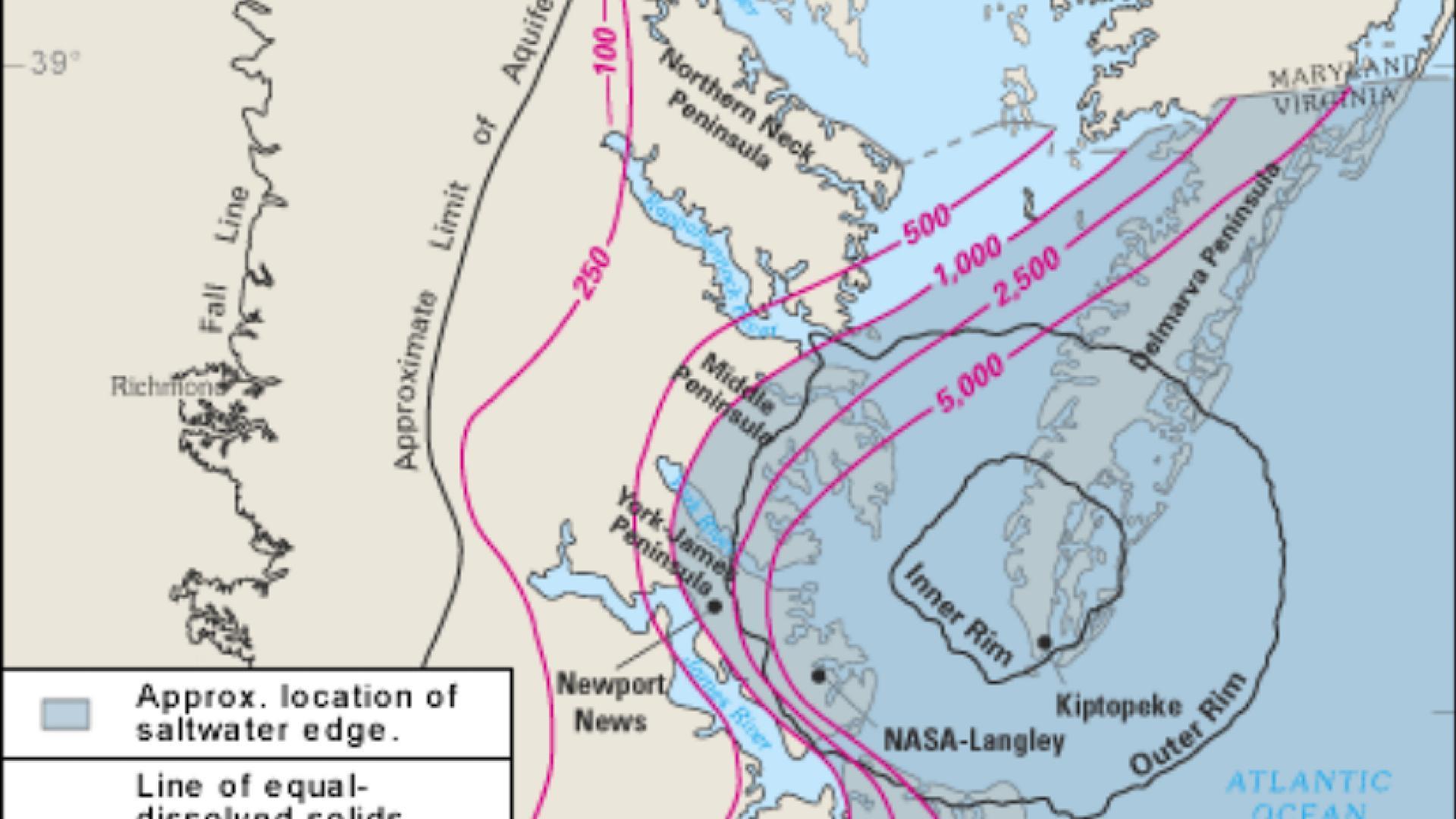
The Chesapeake Bay impact event had profound and long-lasting effects on the region. The collision dramatically altered the landscape, excavating coastal aquifers and changing the flow of rivers in the area. The crater’s formation created a long-lasting topographic depression that influenced the course of local rivers and ultimately contributed to the formation of the modern Chesapeake Bay.
Furthermore, the region’s groundwater was significantly impacted. This disrupted aquifers, which left behind a reservoir of briny water 1.5 times saltier than seawater. The saltiness of the water made the entire Chesapeake Bay Area susceptible to groundwater contamination. The crater’s presence continues to influence the region’s geology, hydrology, and ecosystem to this day.
Scientific Significance
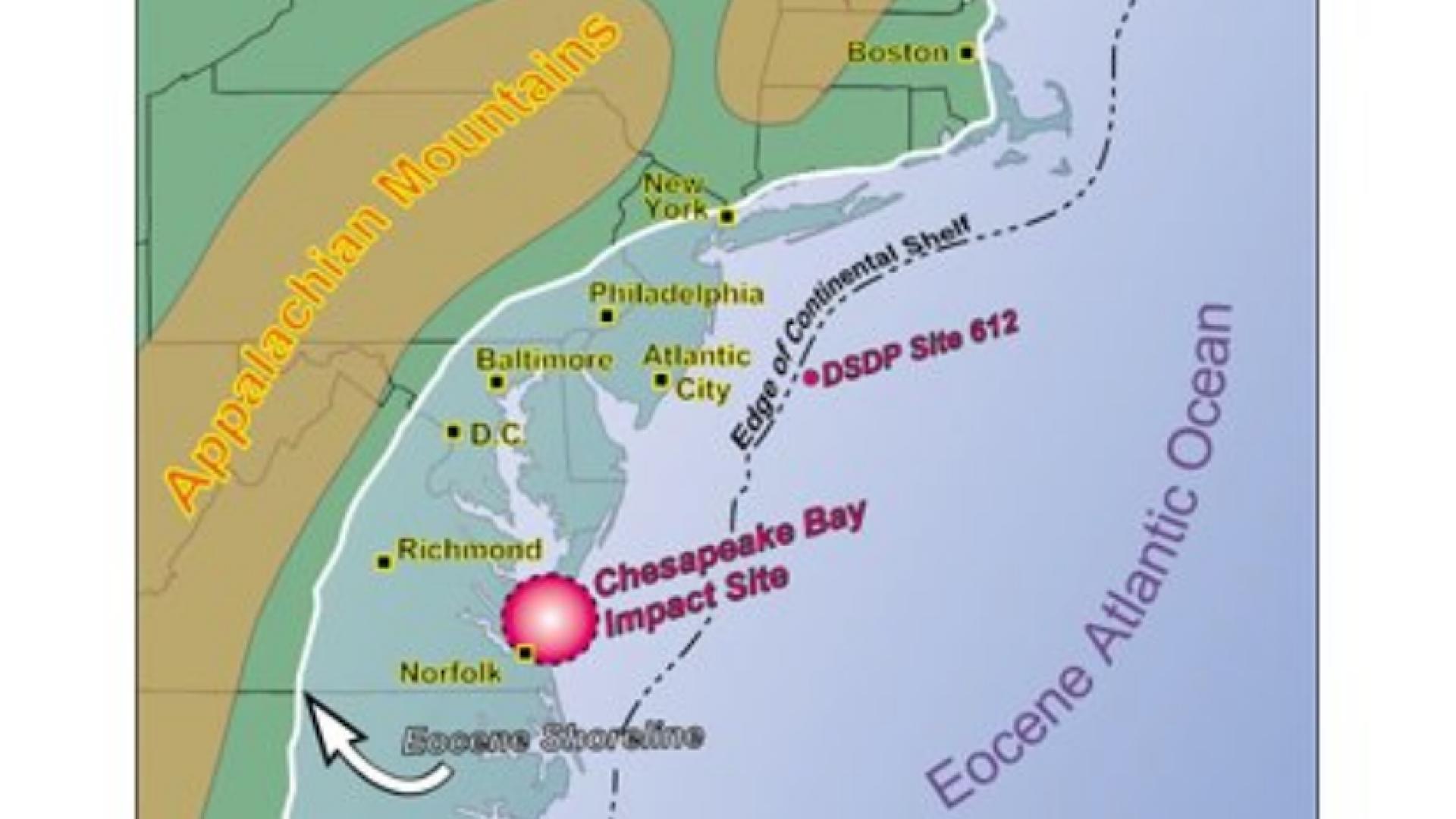
There is significant scientific value for researchers across a variety of disciplines. The preserved state as a “wet-target” impact site provides insight into the large-scale impacts on marine environments. The structure and composition enables researchers to study impact mechanics, crater formation processes, and long-term geological consequences of this type of events.
Additionally, the crater’s influence on regional hydrology, particularly the creation of a vast reservoir of briny water, presents an important case study for understanding the impact of cosmic collisions on groundwater systems. The crater also serves as a geological time capsule, preserving evidence of ancient environmental conditions and climate, making it an invaluable resource for paleoclimate research.
Ejecta Layer
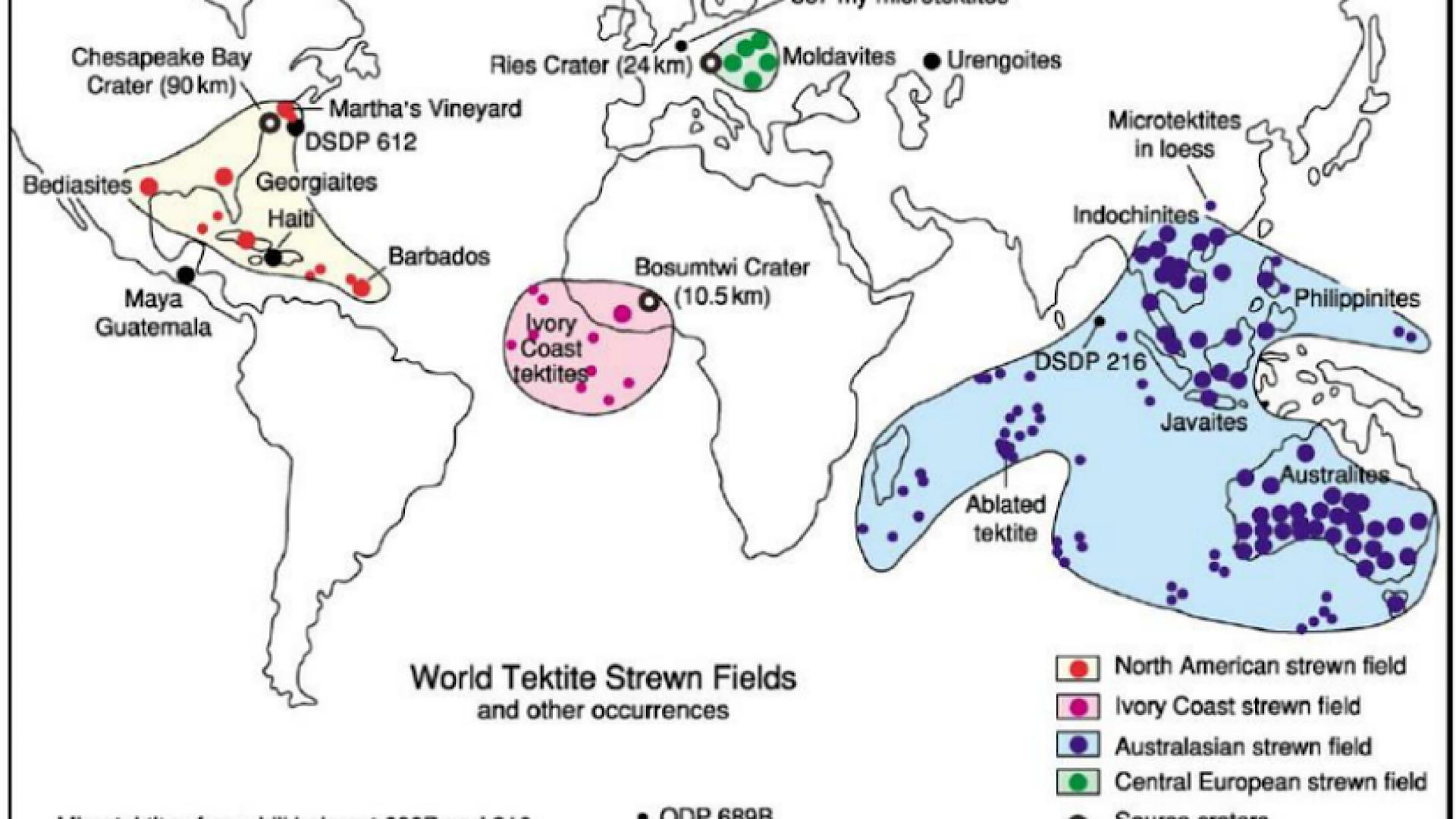
This impact event created an ejecta layer, known as the “North American tektite strewn field.” The expansive layer contains tektites, which is a major indicator of an event. The ejecta field covers an astounding area of roughly 4 million square miles.
The discovery of this layer in a drilling core off Atlantic City, New Jersey, about 170 miles north of the impact site, was crucial in initially identifying the existence of the crater. The study of this ejecta layer provides valuable information about the impact’s magnitude, the composition of the impactor, and the environmental effects of the collision.
Dating Techniques

Researchers have employed advanced dating methods to accurately determine the age of the Chesapeake Bay impact event. One of the most significant techniques used is the uranium-thorium-helium (U-Th)/He method applied to zircon crystals found in the impact ejecta. This method has provided a precise age estimate of 33.99 ± 0.71 million years for the impact event.
The accuracy of this dating is crucial for understanding the crater’s place in Earth’s geological timeline and its potential effects on climate and biology. Other techniques, such as radiometric dating of impact-generated materials and biostratigraphic analysis of sediments above and below the impact layer, have also contributed to refining the crater’s age and understanding its geological context.
Other Significant Craters in the United States
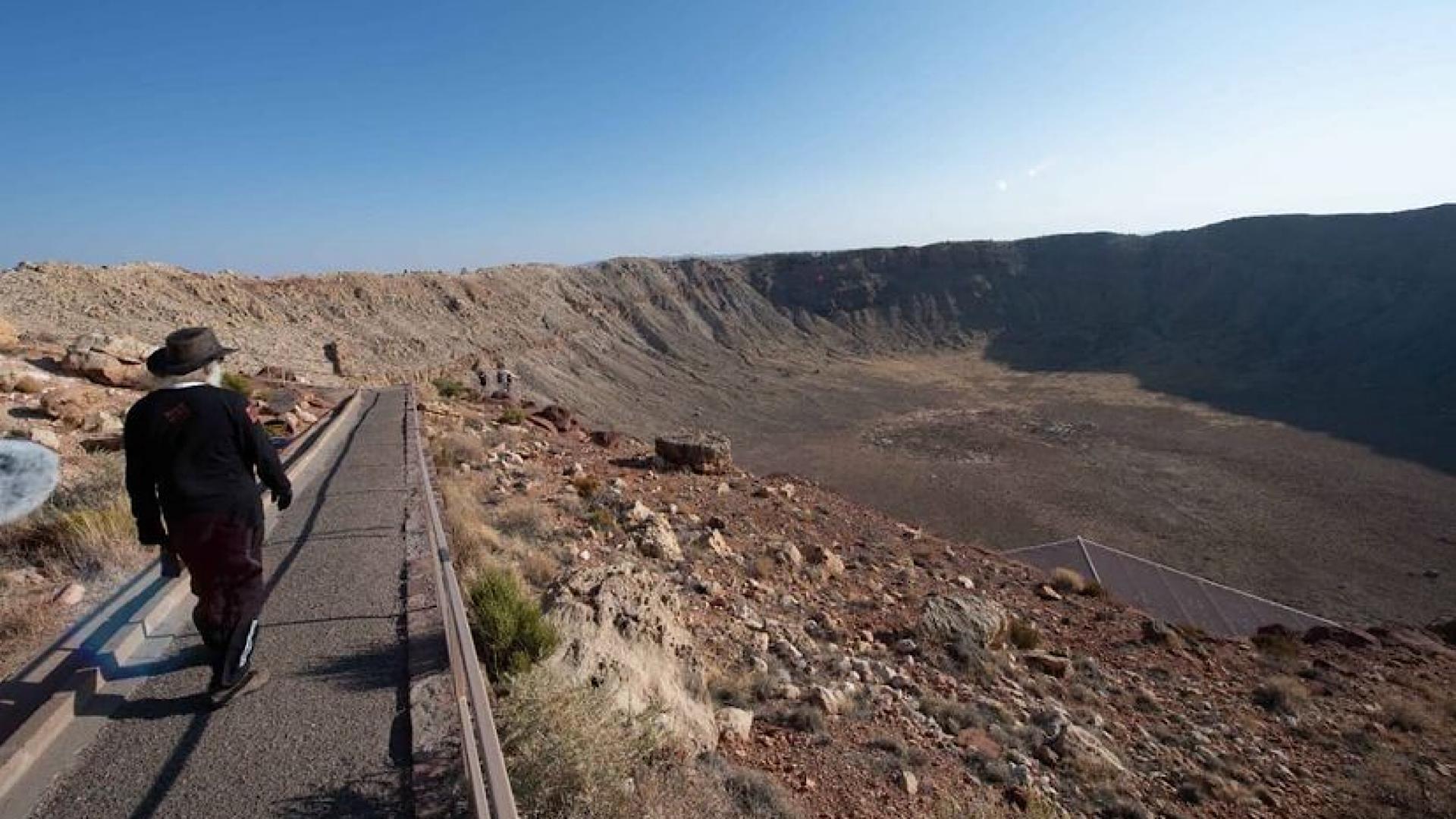
While the Chesapeake Bay crater is by far the largest known impact within the United States, there are quite a few other major craters. One of the smallest within the U.S. is the Barringer Crater in Arizona, which is a 0.8 mile wide crater formed roughly 50,000 years ago. Another crater is the Flynn Creek crater in Tennessee, a 2.2 mile crater roughly 360 million years old.
Another crater is found in Iowa, the Manson Crater, which is 24-miles buried beneath glacial deposits. Finally, the Sierra Madera Crater in Texas is an 8-mile wide crater, which is around 100 million years old.
Preservation and Study
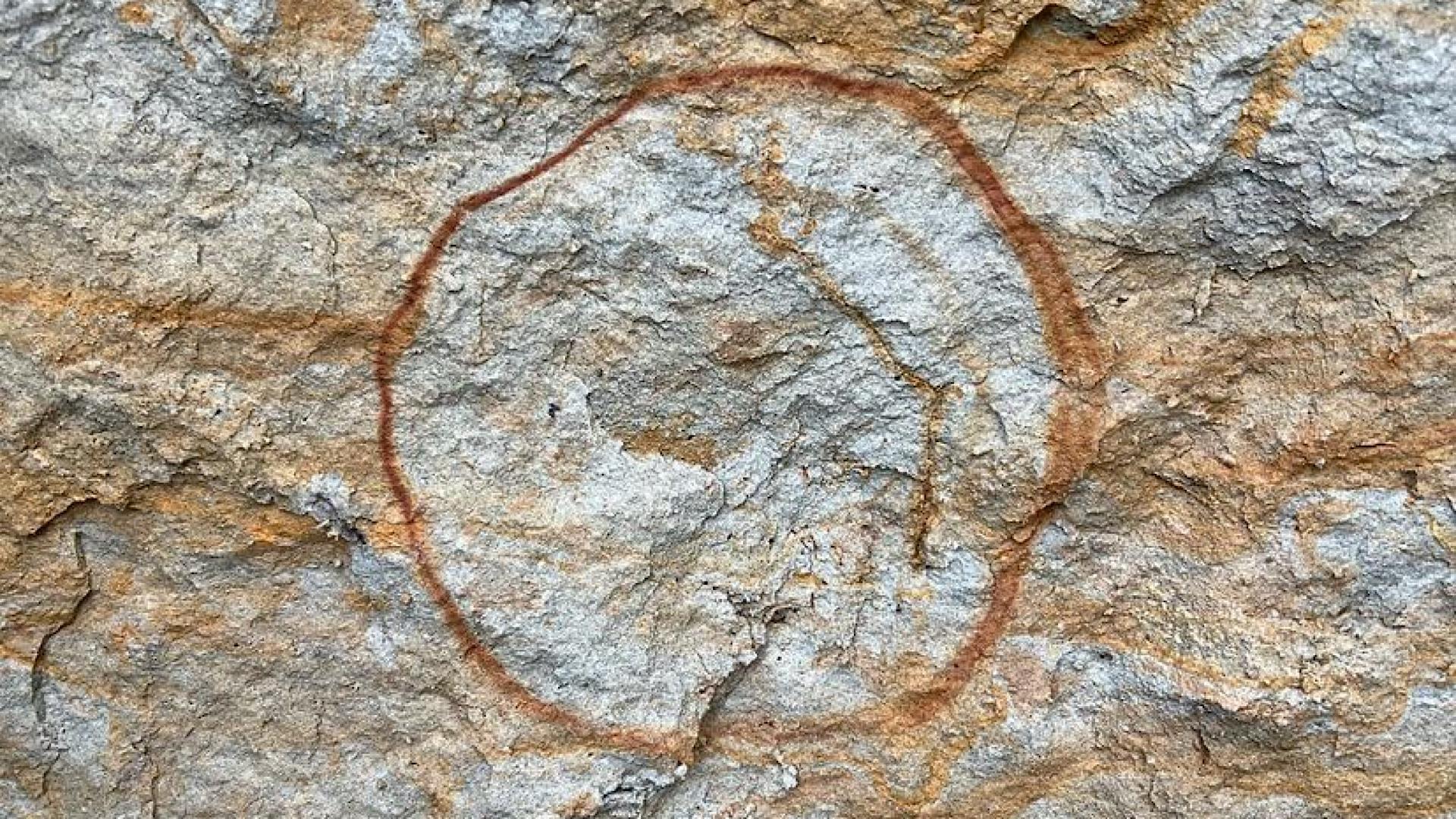
The Chesapeake Bay impact crater’s excellent preservation is due to its rapid burial beneath sediments following the impact. This has made it an ideal site for scientific study. In 2005-2006, the International Continental Scientific Drilling Program and the U.S. Geological Survey conducted a major drilling project, creating a 1,766-meter deep test hole near the crater’s center.
This project provided unprecedented access to the crater’s structure and composition. Ongoing research involves analysis of core samples, seismic data, and groundwater studies. The crater’s influence on regional hydrology and geology continues to be a focus of study, particularly in relation to groundwater management and sea-level rise in the Chesapeake Bay area. These studies not only enhance our understanding of impact events but also contribute to practical applications in resource management and climate change adaptation.

